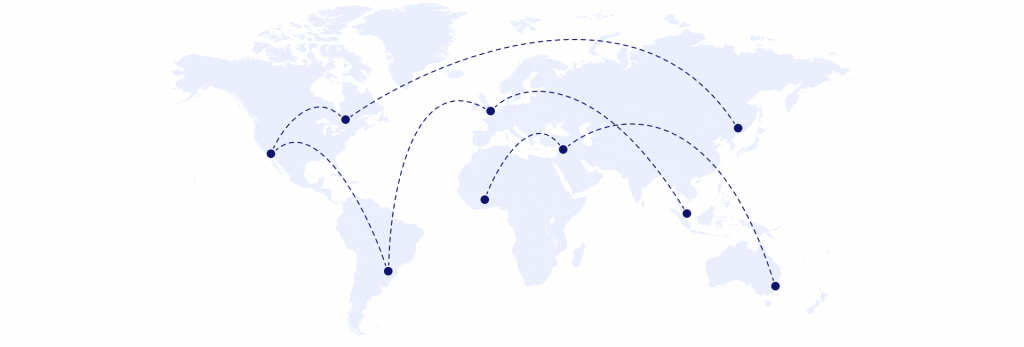Whether you’re looking to grow your brand, maximise online sales or expand your
business into a new region, the latest insights from WorldFirst have you covered
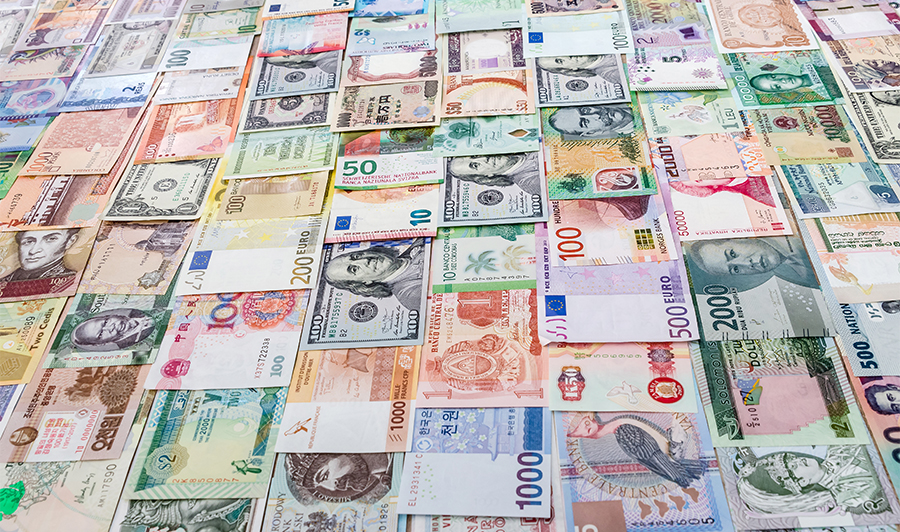
Multi-currency payments: How to manage business transactions across borders?
If you want to make payments in different currencies, your best option is a multi-currency account. Here’s what to know to get the best exchange rates.
Jul / 2025
How to sell online in Singapore
Want to sell online in Singapore? In this guide, we share what you need to know about e-commerce marketplaces and how to manage multiple currencies.
May / 2025
How to sell on TikTok Shop (+ tips to optimise your e-commerce sales)
Selling on TikTok Shop can be a profitable strategy for any e-commerce brand. Here we show you how to get set up and optimise your sales.
May / 2025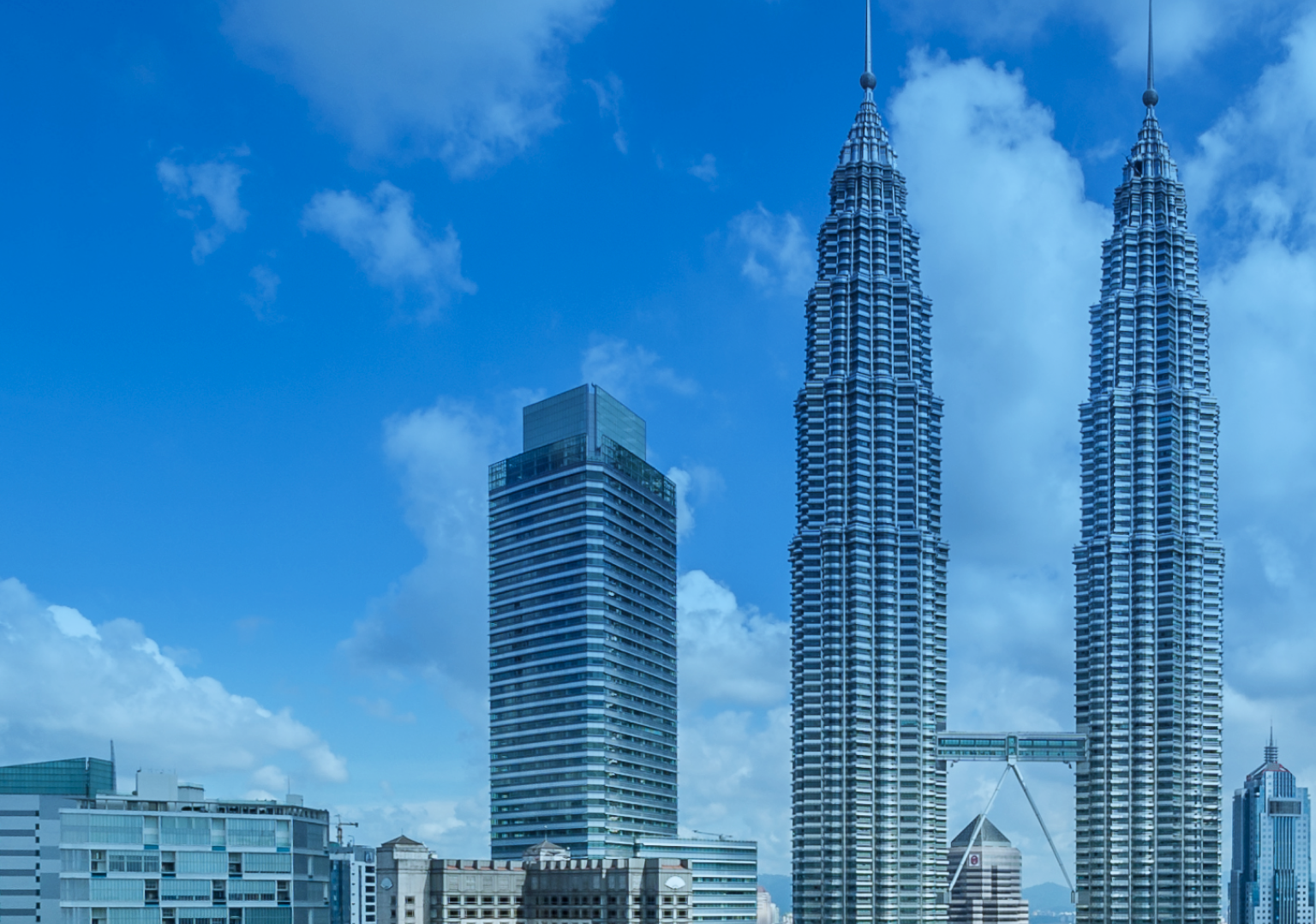
The opportunities in Malaysia when expanding your business globally
Explore business opportunities and manage costs effectively in Malaysia with this guide for European businesses.
Dec / 2024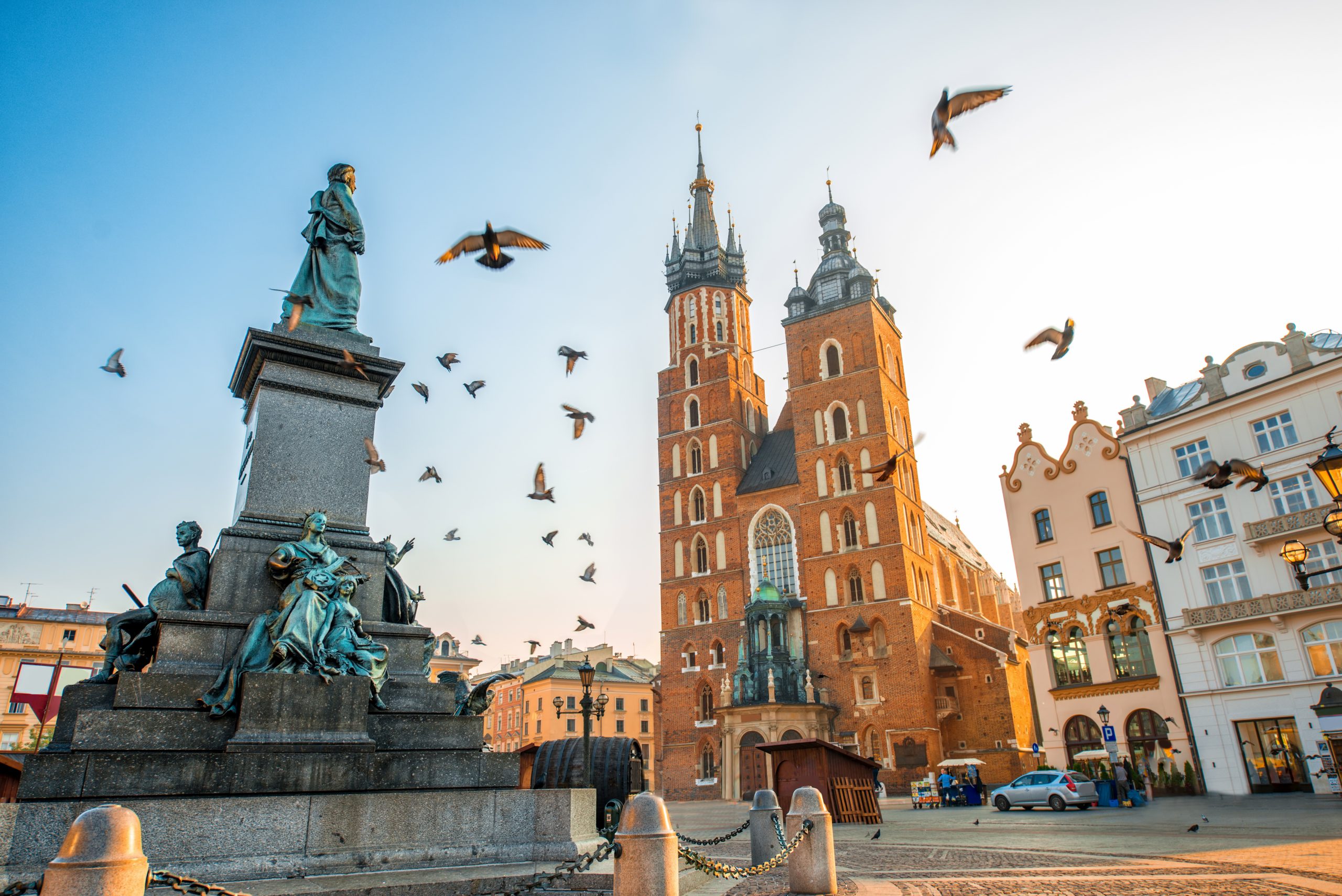
Poland’s tech hubs that are driving business innovation and growth
Discover how Warsaw and Krakow are driving business growth in Poland. Learn about their innovative tech scenes and opportunities for expansion.
Dec / 2024
How Poland’s stable economy lets businesses thrive
Poland’s resilient economy and pro-business policies make it an ideal destination for businesses looking to grow.
Dec / 2024
How to open GBP account: Your options as a cross-border business
Many traditional banks still don’t let you open a bank account online in the UK. In this guide, we share how to open a GBP account with WorldFirst.
Jul / 2025
Receiving foreign currency? Here's what you need to know
Receiving payment in foreign currency comes with its challenge. In this guide, we share the best way to get paid globally with a multi-currency account.
Jul / 2025
How to choose a multi-currency business account (+ 6 options)
If you want to hold and pay in multiple currencies, choose a multi currency business account. We share the top options here, including WorldFirst.
Jun / 2025
How to Receive International Payments: 3 Top Methods for Businesses
Discover the best ways to receive funds from overseas and maximise profits, including multi-currency accounts and alternative options.
Apr / 2025
How long do international transfers take?
Find out what’s delaying your international business transactions and how you can help speed up the process.
Dec / 2024
How fintech companies have revolutionised FX
Innovative tech means international payments can be made faster, cheaper and more secure. Take a look at what it means for SMEs.
Dec / 2024
How to sell on WeChat marketplace: A guide for global brands
Interested in selling on WeChat? We break down what you need to know about how to get started with selling on China’s biggest marketplace.
May / 2025
What is a China export licence (and what are the requirements?)
Learn about what a China export licence is and what the requirements are when exporting goods from China to the UK.
May / 2025
Why does China have two currencies?
China has two currencies, CNY and CNH. Learn about the differences between the two and why it matters when doing business with China...
Apr / 2025
How Earle Wines cultivates global trade with a personal touch
Learn how Earle Wines relies on strong partnerships and WorldFirst's support to manage global transactions while maintaining personal connections.
Dec / 2024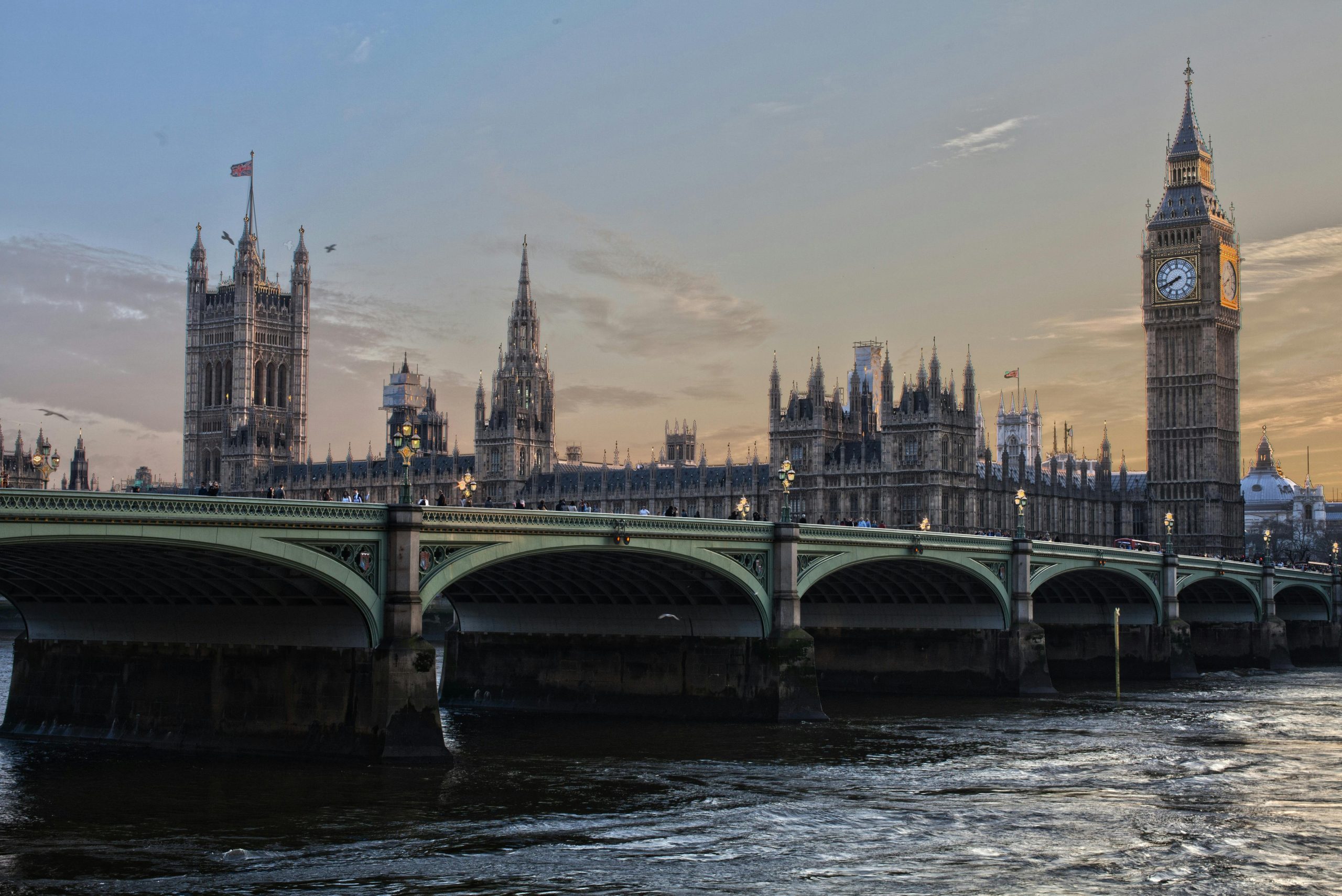
August 2024 UK Market Update
Stay informed with our comprehensive market update for August 2024. Explore key trends, economic indicators, and investment insights shaping the financial landscape this month.
Dec / 2024
Kicking goals beyond borders: Our UEFA EUROS 2024™ wrap-up
Relive the excitement of UEFA EURO 2024™ with WorldFirst. Discover key stats, records and the joy of one of football's biggest event.
Dec / 2024
How to sell online in Australia and New Zealand
The original piece ranks in position 3 for this keyword, but it’s not registered any conversions this year. We can optimise the piece to boost conversions.
May / 2025
AliExpress Business: A new way to source products
AliExpress Business is built for SMEs and e-commerce sellers sourcing at scale. Submit RFQs and access business tools for wholesale and dropshipping.
Apr / 2025
How to Source Wholesale Using 1688.com Outside China
Learn how to source wholesale with 1688.com outside China and how a WorldFirst account can help you get better rates and faster delivery of goods.
Mar / 2025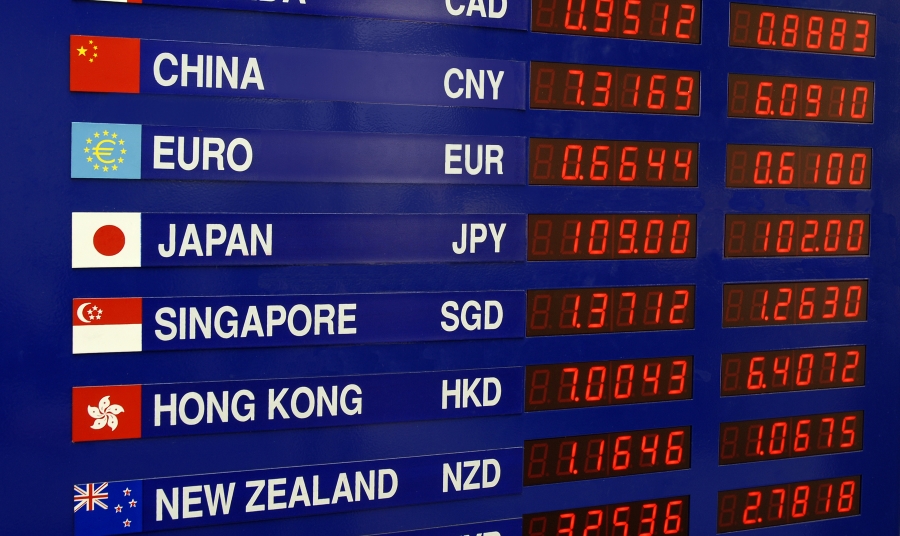
Foreign exchange risk management: How to make international business more affordable
Foreign exchange risk management is vital to e-commerce brands. This article offers tips to help with foreign exchange risk.
May / 2025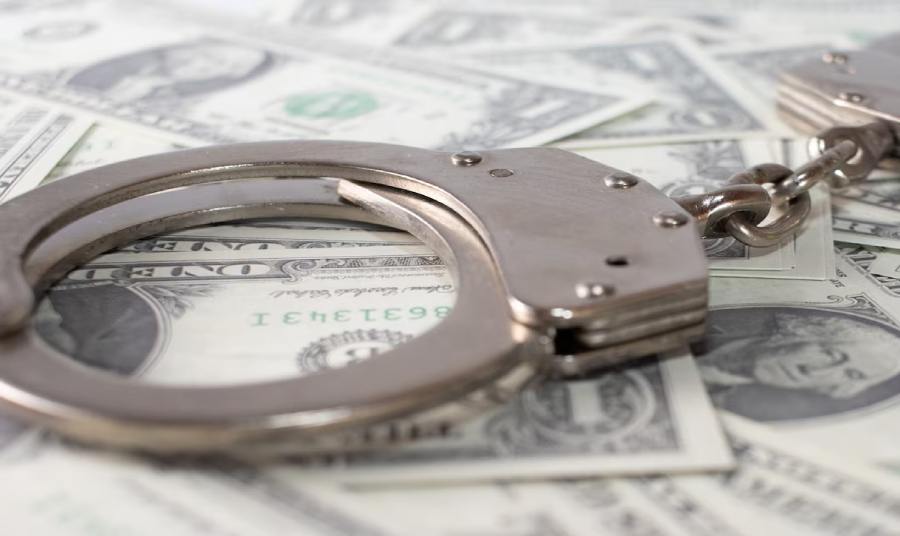
We’re taking the fight to financial crime
Find out how our team tackles financial crime and what businesses can do if they think they’ve fallen victims.
Dec / 2024
Receiving foreign currency payments in local currency
Learn about the pros and cons of local currency payments.
Dec / 2024WorldFirst articles cover strategies to mitigate risk, the latest FX insights, steps towards global expansion and key industry trends. Choose a category, product or service below to find out more.
- Almost 1,000,000 businesses have sent USD$300B around the world with WorldFirst and its partner brands since 2004
- Your money is safeguarded with leading financial institutions
